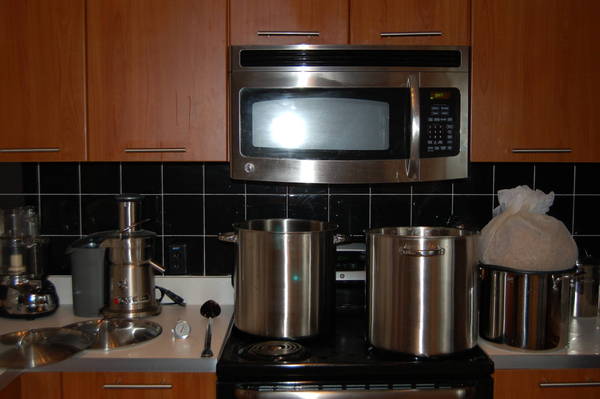agenthucky
Well-Known Member
I was targeting an OG of 1.064 and ended up with 1.065. If I am using (and reading) Pro Mash properly I ended up achieving 85% efficiency. So unless I am dead-wrong (which is quite probable) it seems one does not necessarily need to sacrifice efficiency using your all-grain stove-top process. Good news!
Cheers!

I get on average about 75%, and have reached up to 80% before (85 seems really high). SParging adds another 10% probably, and my addition of 5.2 stabilizer keeps my efficiency in the mid 70's.






































![Craft A Brew - Safale S-04 Dry Yeast - Fermentis - English Ale Dry Yeast - For English and American Ales and Hard Apple Ciders - Ingredients for Home Brewing - Beer Making Supplies - [1 Pack]](https://m.media-amazon.com/images/I/41fVGNh6JfL._SL500_.jpg)





















